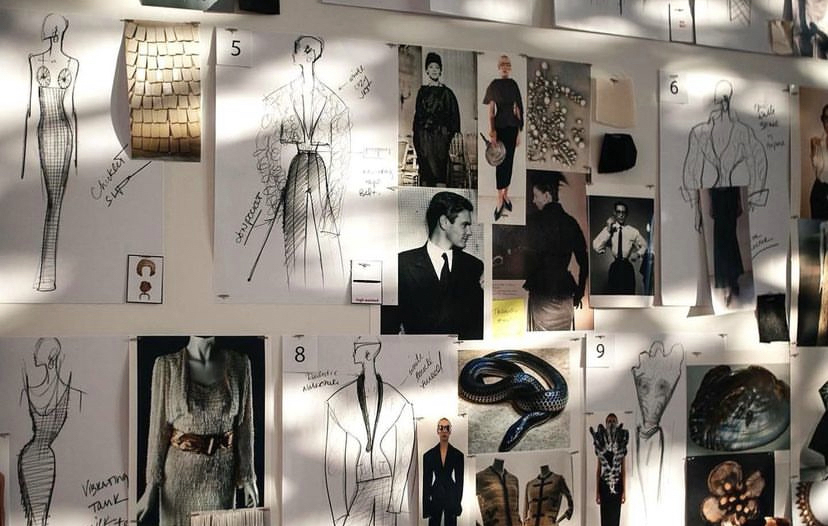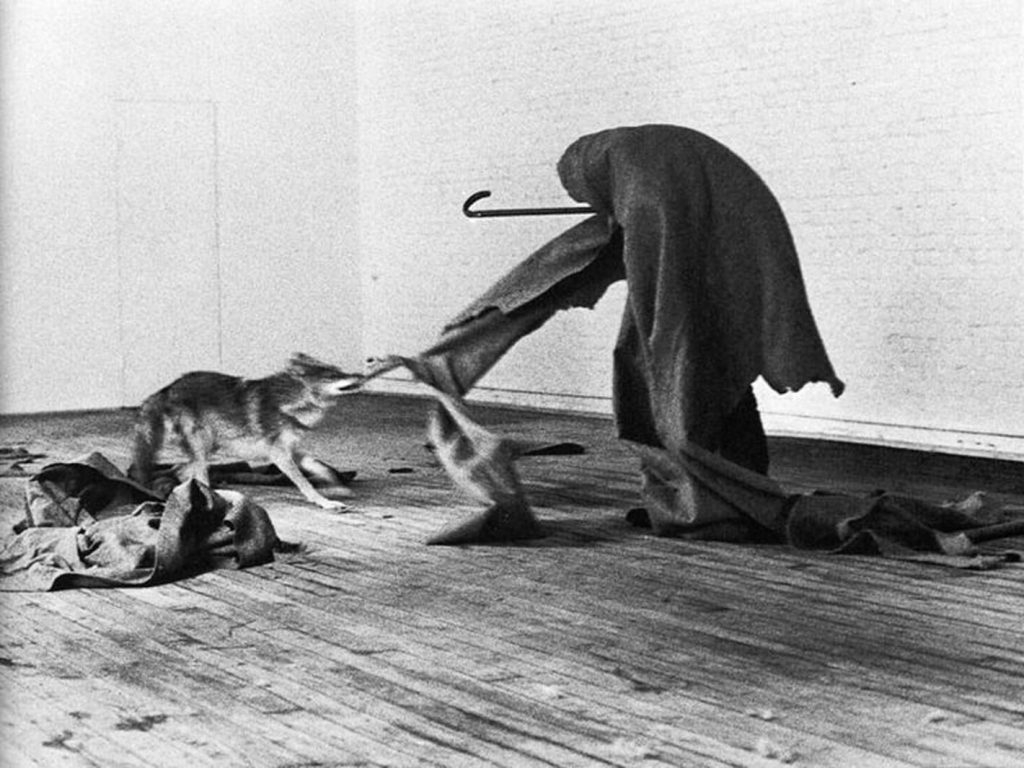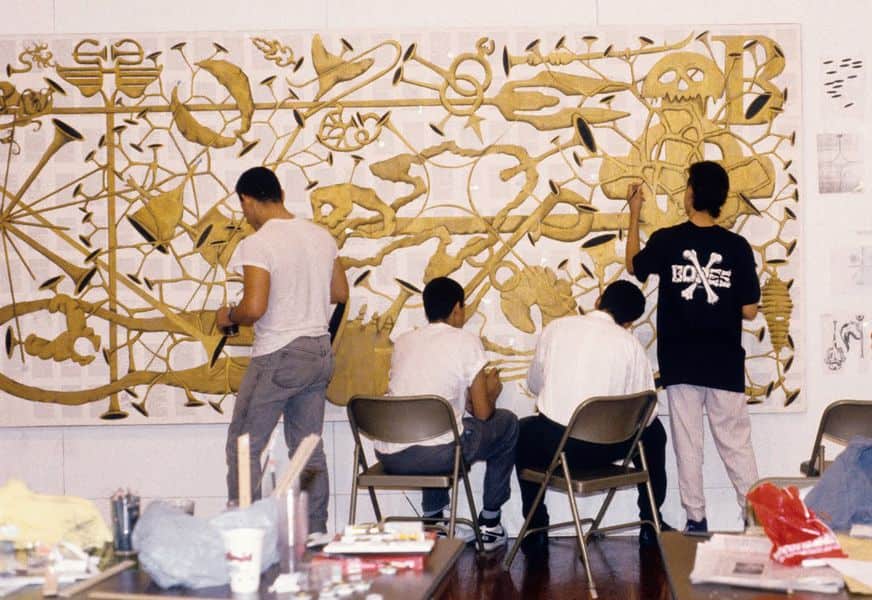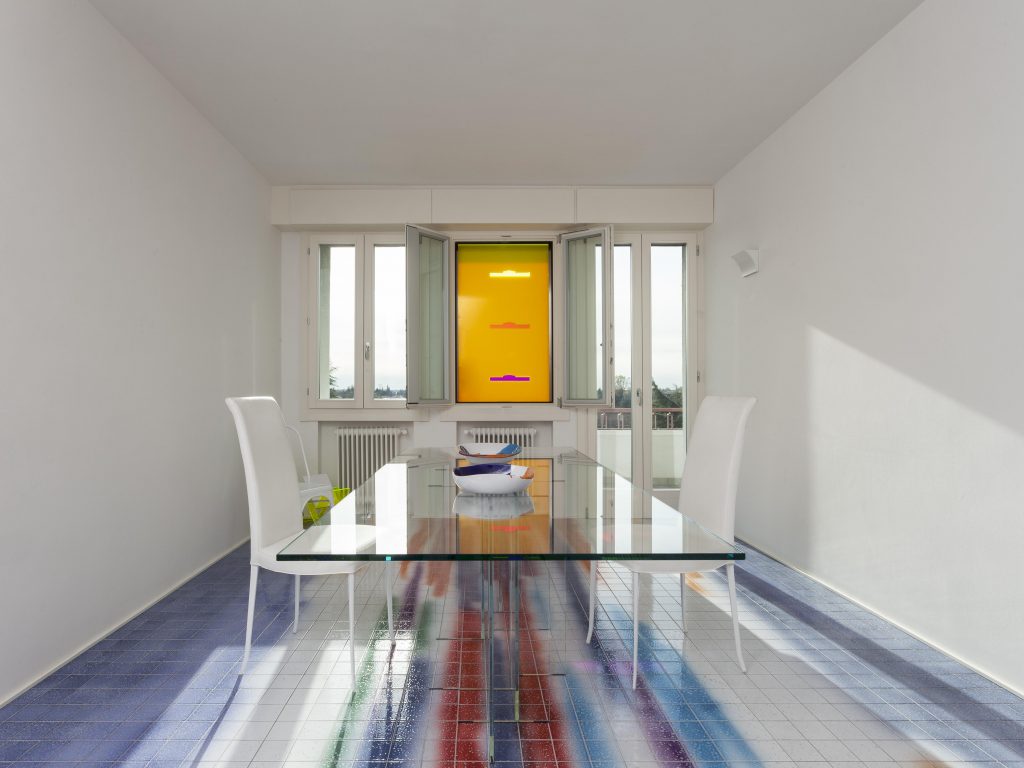On Tuesday 23rd of January 2023, Paris Fashion week was introduced by Schiaparelli with the collection Inferno, a tribute to the literary work of Dante Alighieri and, in particular, to the concept of doubt that pervades a creation: the fear of not being appreciated and the need to impress the audience and themselves.
Like Dante halfway down the road of life, the more he enters Hell, the more he realizes that any certainty had until then is fading, in the same way Daniel Roseberry has decided to distancing himself from certainties to propose something new in giving life to the Heute Couture Collection spring-summer 2023, accepting the same constant doubt that pervades the artist in making something memorable
It is in the example of the founder of the maison, Elsa Schiaparelli, that the current creative director has found the strength to dare:
“The codes she (Elsa) created, the risks she took, are now the stuff of history and legend, and yet she too must have been uncertain, even scared, when she was investigating them. Her fear enabled her bravery, which sounds counterintuitive but is key to the artistic process. Fear means you’re pushing yourself to make something shocking, something new”.
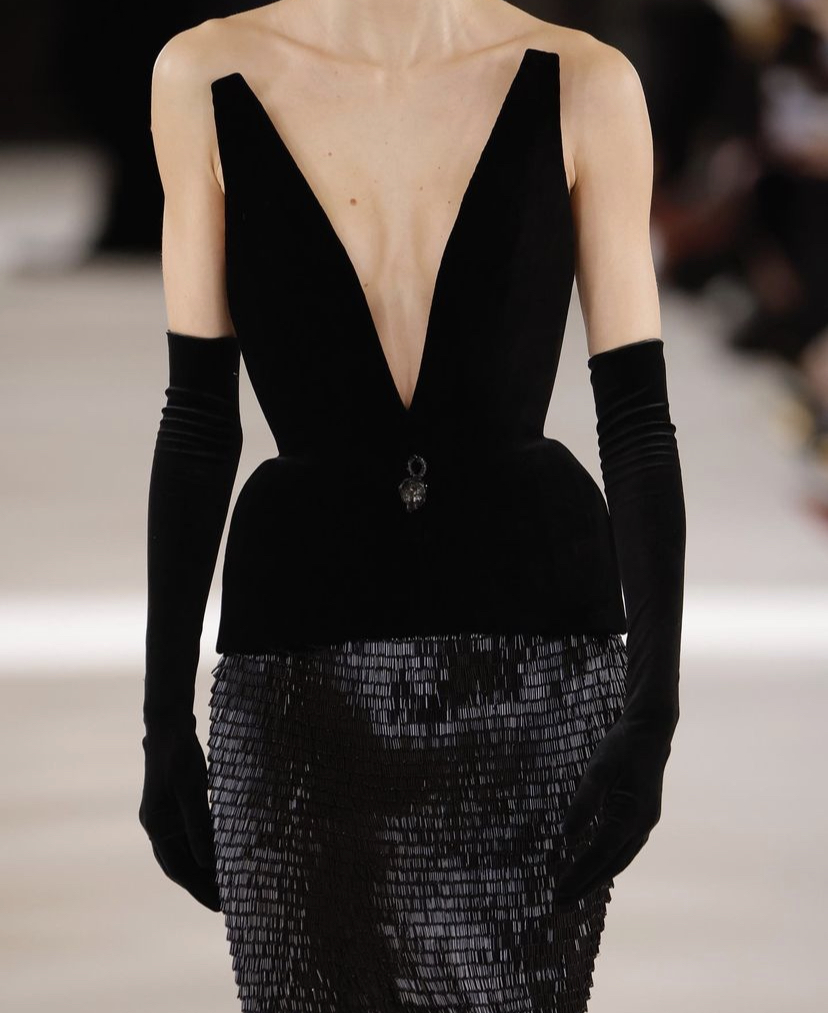
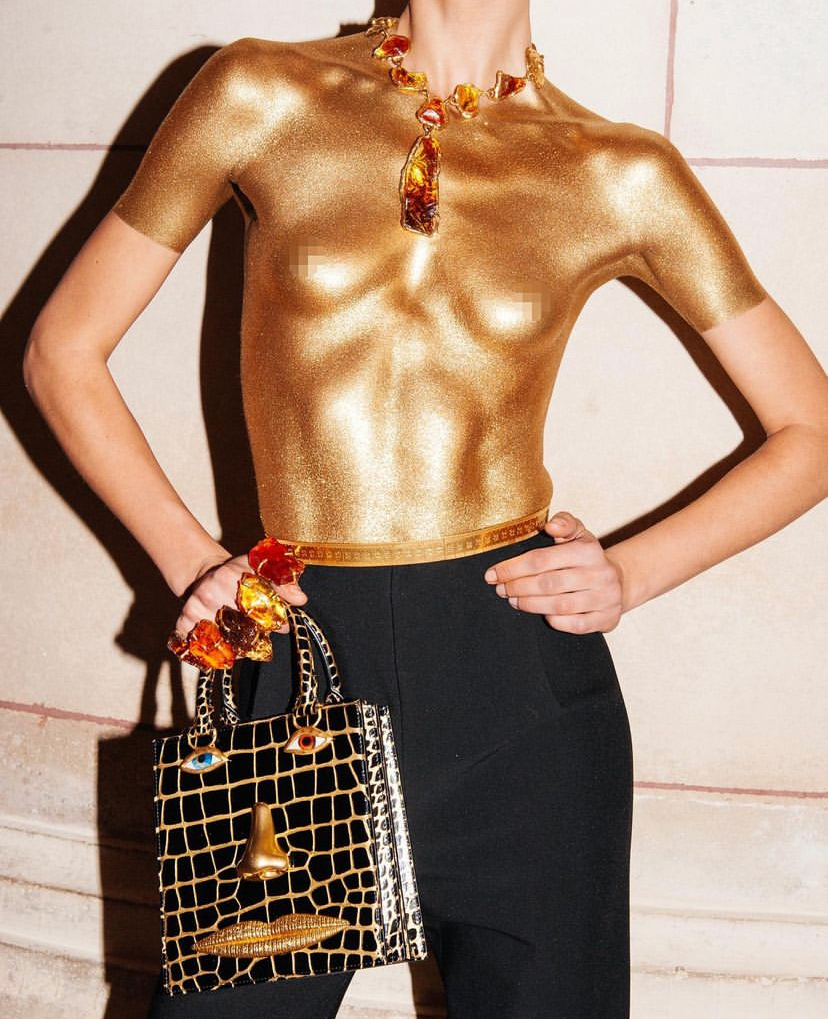
In fact, in Paris in the 1920s, Elsa Schiaparelli is involved, like the whole city, in the vortex of artistic current of Surrealism that most of all pushed towards an imaginative creativity capable of satisfying desires, doubts, fears and instincts in the same way.
Contacts with the world of art are expressed in collaboration with some of the most influential artists of the time, first among all a is the young Alberto Giacometti, who in the first phase of his career was just a surrealist, and who designed for her some gilded bronze buttons, worn on the jacket of the black suit of 1938-39, that capture the history and value of Renaissance medals still considered today masterpieces of the goldsmith technique.
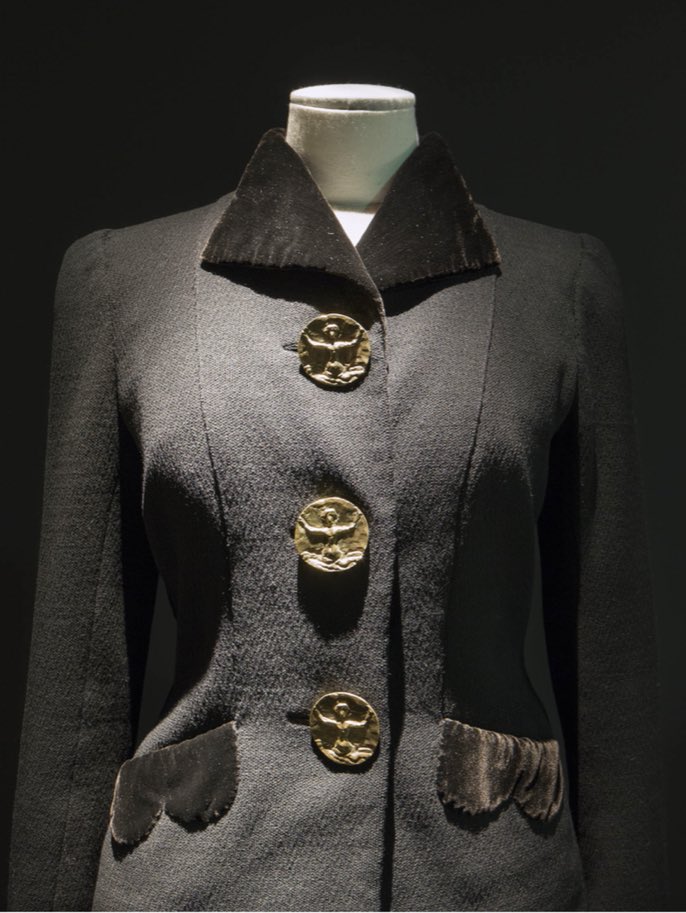
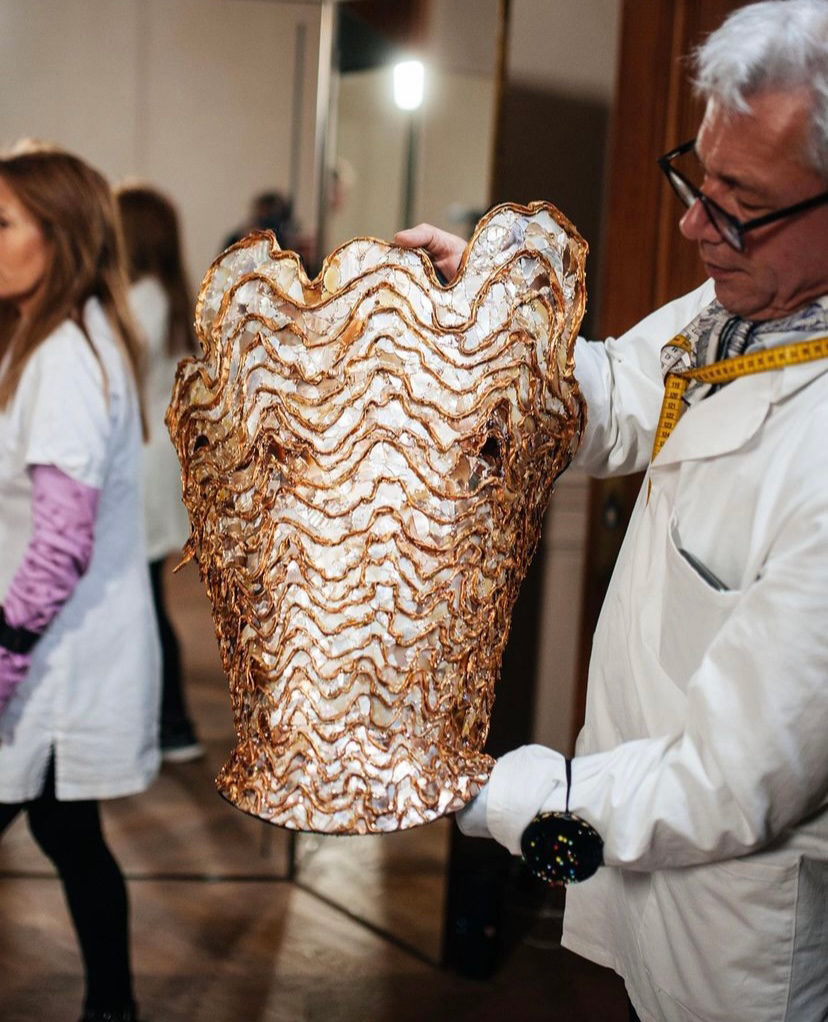
In the Maison, the refined skills of artistic craftsmanship linked to the world of luxury have always been present and placed at the service of the stylists’ desires to achieve a combination of technical perfection of these minor arts, which are now disappearing from the common conscience, and the stage under the spotlight which is fashion, which perhaps, in addition to making the news, is also able to show how much precious are these “ancient trades” which are ancient only in name.
The sparkle of the sequins made with leather-covered tin plates and the wooden beads that form a skirt from the collection are an example of the craftsmanship that permeates the creation of these works of art. The patinated copper bust is Roseberry’s favorite: “hand have been labors of love for the past four months.”
The result is exactly what one expects from art: amazement and wonder for the beauty of the created works, and at the same time the insinuation of doubts and questions about the nature of these so amazing “objects of art”. Many dresses are inspired by the slippery fascination, from the house of mirrors, typically surrealist and which is also found between the lines of Dante’s Inferno:
“The velvet column dresses’ apparently iridescent shimmer is in fact hand-painted, in pigment that changes color depending on your perspective, like a butterfly’s wings. Additionally; plastrons have been sculpted in waves of actual mother of pearl, plus one in lemon tree marquetry”.
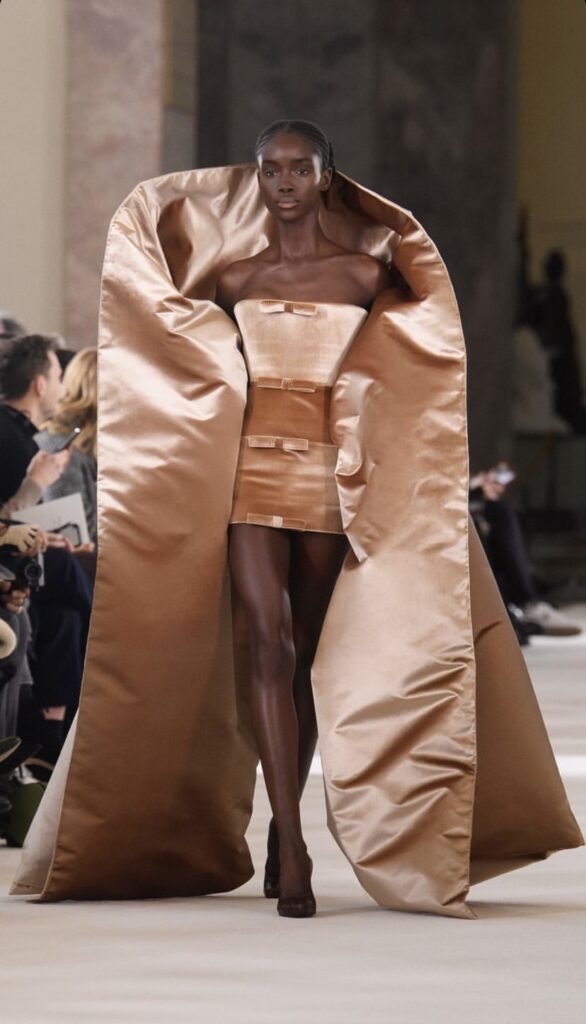
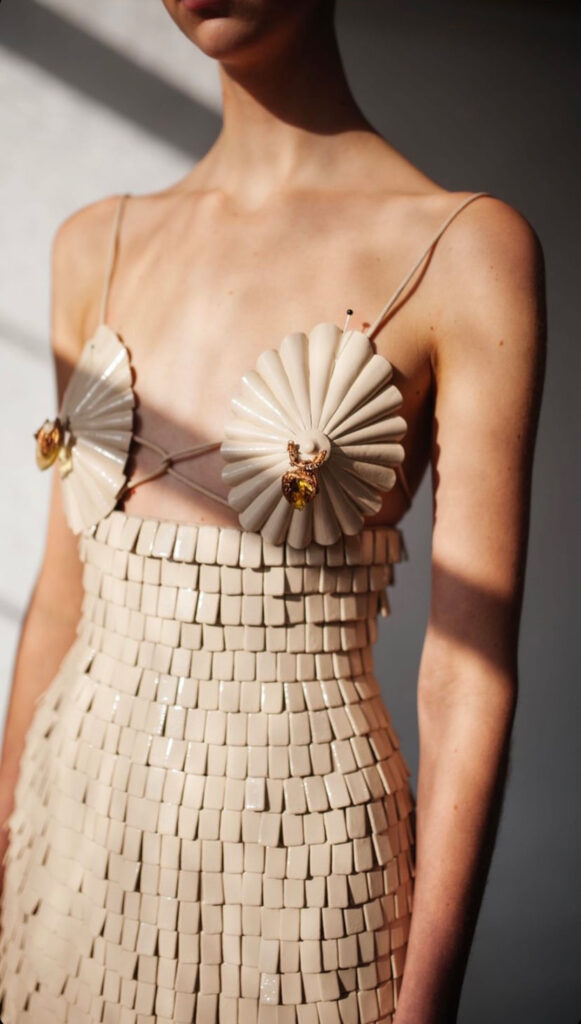
The peak of the doubt is contained in the three dresses inspired by Dante’s fairs, symbol of pride,
lust and avarice, respectively represented by the lion, the loin (leopard), and the she-wolf. The models advance on the catwalk and the attention of the observer is captured by the heads of beasts: are they real? Of course not, these are spectacular fake taxidermy creations entirely handmade with foam, resin and other artificial materials.
Many have seen in these clothes an instigation to hunt for creatures that are every year threatened by poachers in Asia and Africa, but once you delve into the creative process you realize that this is far from Rosebarry’s intention. One could then fall into the simplistic trap and read in the combination of the three fairs to the female figure a reaction to prejudices -unfortunately not only medieval- against women as being capable of deceiving and bribing.
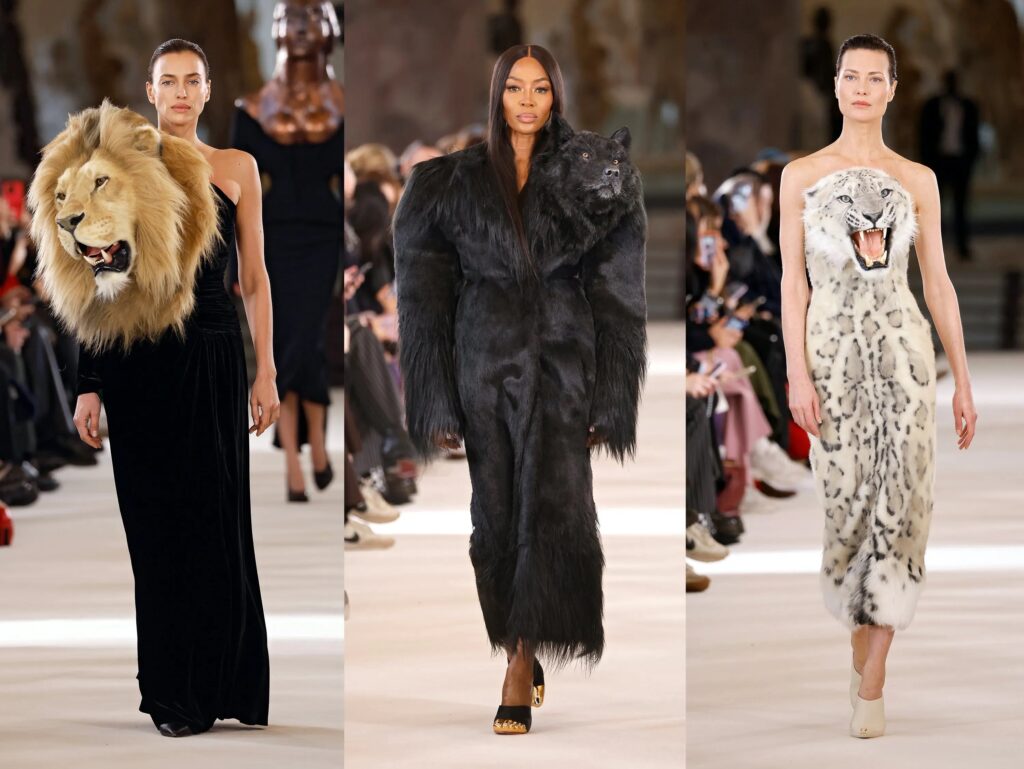
But, in my opinion, the meaning that the creative director intends to convey is much deeper and
can be clarified by referring to a preserved work by the famous surrealist artist Max Ernst at the Peggy Guggenheim Museum in Venice: The Dressing of the Bride. In this work from 1940, the artist depicts hybrid creatures, half women and half animals that advance through a landscape of classical ruins. The observer’s attention is captured by the forts colors used and in particular by the hooded mantle of flaming feathers that wraps around the main figure hiding his face under the guise of a bird.
This composition is clearly Rosebarry’s model for the three fairground dresses dantesque: we can feel the softness of the feathers of the mantle made with the particular technique of decalcomania, and the inquisitive eyes of the bird scrutinize and place us profound questions such as those that the lion, the wolf and the loin asked Dante, who in prey at the inability to answer, fainted.
We know that Max Ernst, who identified himself with the alter-ego of the bird Loplop, painted this masterpiece on the occasion of his marriage to Leonora Carrington: the painting is therefore a celebration for having found in the beloved a mirror and a completion of himself and therefore a way to love even himself, with all his contradictions.
“If Dante learns how much life can deceive us, especially a life we think we know, then these clothes echo that deceit, reminding us of the necessity of occasionally finding ourselves somewhere we’re forced to re-see our assumptions”.
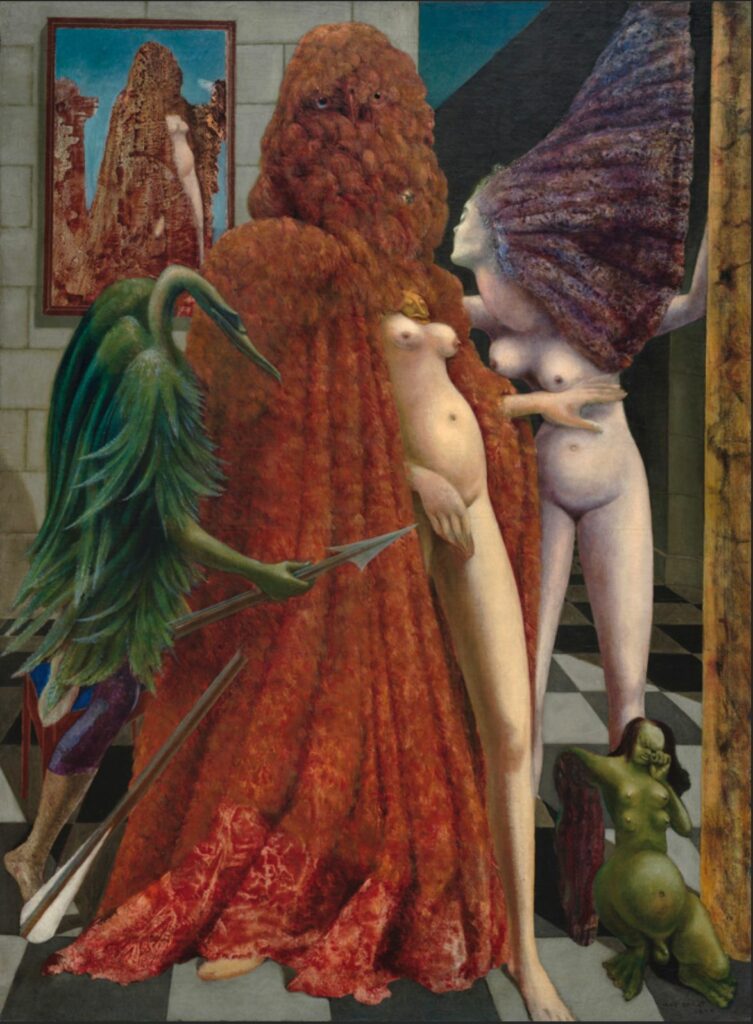
Questioning yourself is the first step to broaden your knowledge of your own reality, and to Daniel Roseberry this collection symbolizes the importance of remembering, in moments when inspiration just won’t come, that “no ascension to heaven is possible without first a trip to the fires, and the fear that comes with it.”

